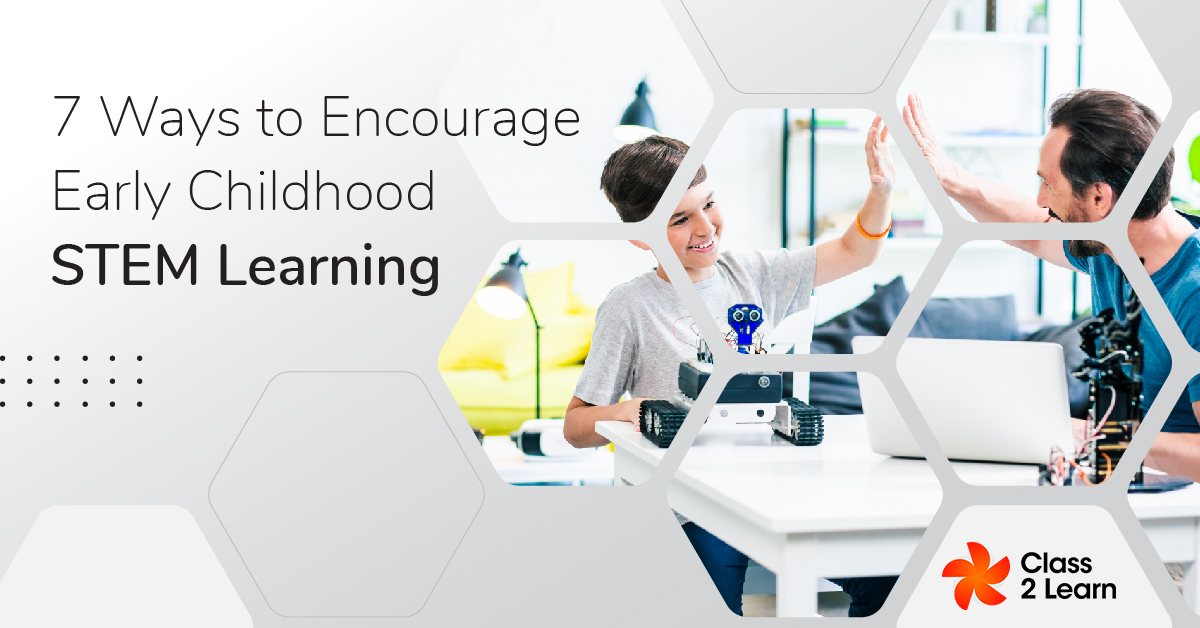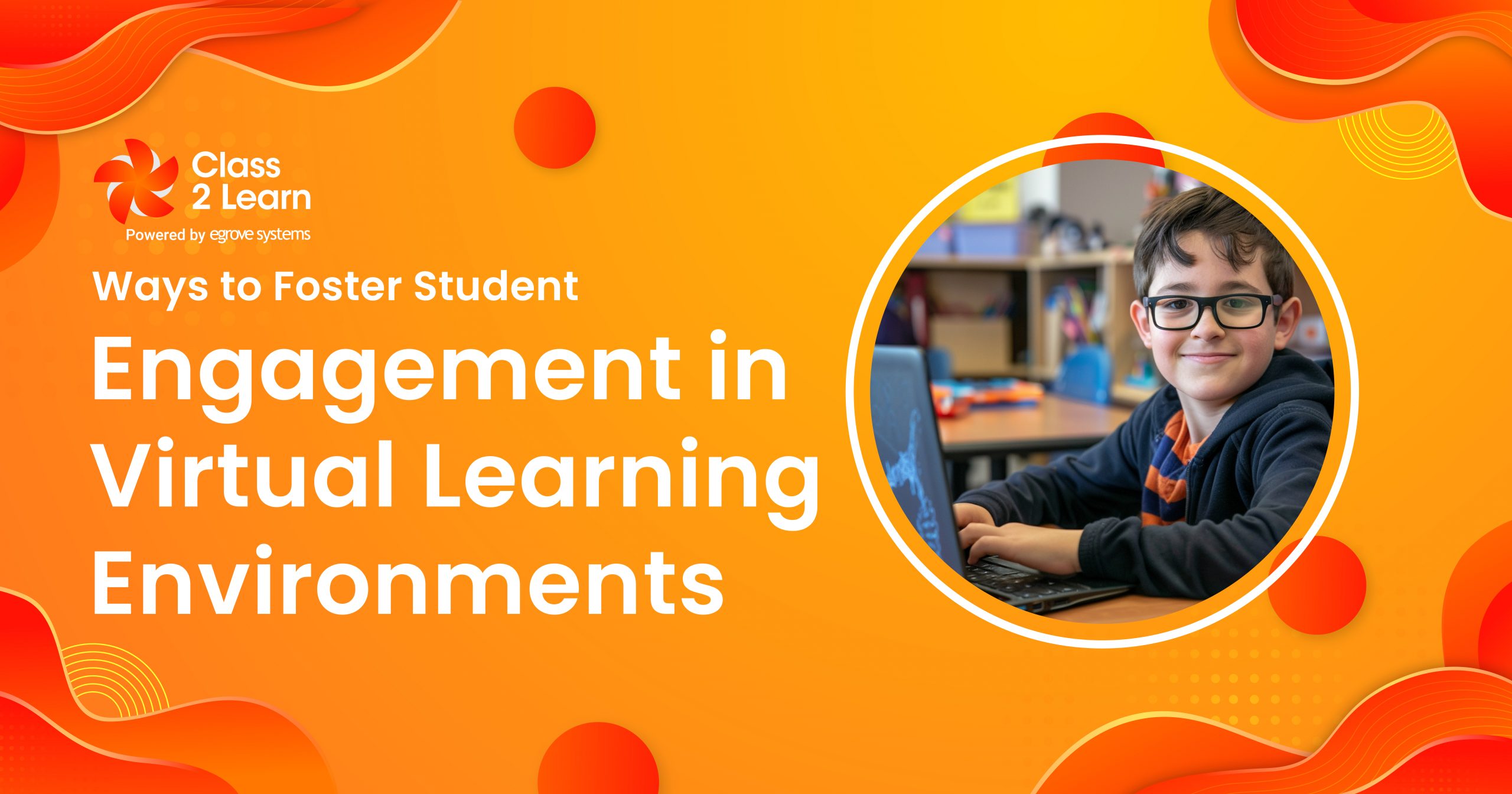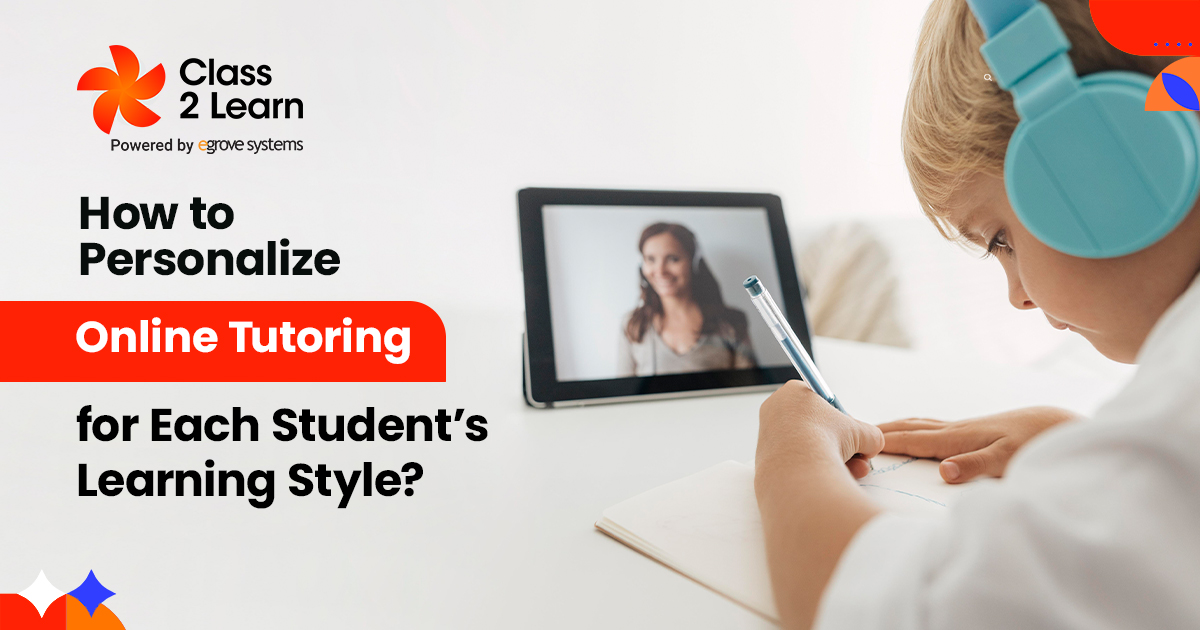One of the most significant and in-demand fields of education is STEM, but can STEM education be successfully implemented in the early years? Some contend that the sooner the better, as the answer is Yes. Science, technology, engineering, and mathematics, or STEM, aren’t stressed in schools until later in the secondary years. How can educators and parents help kids develop these skills? The solution could be found in simple activities that can teach STEM concepts even to children as young as when they are starting to walk and talk.
Ways to Encourage STEM Thinking
Demonstrate Tool Use
Show kids whenever you use a tool in the house, and get them interested in how it works. Whether it’s a screwdriver, a can opener, a door lock, or something else, make sure kids are observing when you use them and what the tool does for you. Get them to focus on the motion and mechanics of the tool to get them thinking about what it did. For example, How does a little hinge move a big door?
Ask questions and teach them to ask back
Ask the child what you did after showing them what you did, concentrating on the what, how, and why. Teach them to respond with questions to clarify whatever they don’t understand. Ensure that they are asking the proper questions, and correct them if they don’t understand the key details of what you performed.
Teach cause and effect
A key element of STEM understanding is cause and effect. When playing with toys or games, show what things cause other things to happen. Forming cause-and-effect relationships can help children understand how to get results, leading to less frustration and bad attitudes. It can also benefit in the long term as students, boosting critical thinking and problem solving as they can understand what actions lead to what results.
Introduce multi-step processes
STEM often involves rules and procedures that take multiple steps to reach a goal. Presenting young learners with a goal and walking them through the steps needed to reach that goal will help them understand that goals can only be achieved through multiple steps. Additionally, parents can teach their children how to come up with their steps and even how to break larger challenges into smaller steps.
Let kids learn rules from repetition
Science is based on observing and learning from the same results. Let kids see the same thing happen and form a conclusion on their own, like watching a toy fall on the ground or seeing a plant grow every day. Prompt them to see similarities or differences in results so they can form the right conclusions and learn from the past to predict what will happen next.
Encourage exploration
Developing curiosity is important for self-driven learning later in child development. Exploration-based play can help children translate imagination into action and learn what they are capable of. It’s also a good opportunity for positive teaching of limits. Show kids what they can and can’t do at their age, and help them think about the future positively by showing them what they can do and what they can be when they grow up.
Use constructive play
Building blocks, drawings, and crafts can be ways to introduce young children to creative and constructive activities. They also drive spatial reasoning and step-by-step thinking. Building and creating can also give kids a sense of accomplishment at the end of a play session, providing positive feedback boosts their building thought processes.
Long-Lasting Impacts of STEM Learning
Encouragement of young toddlers to explore and take in their environment should never be too early. Students who have an introduction to and a foundation in these fundamental abilities will be at an advantage as the value of STEM study grows in her school. Children’s self-confidence and the development of their critical thinking abilities are both boosted by teaching them how things function and how to measure the effects they see in their environment.





Add comment